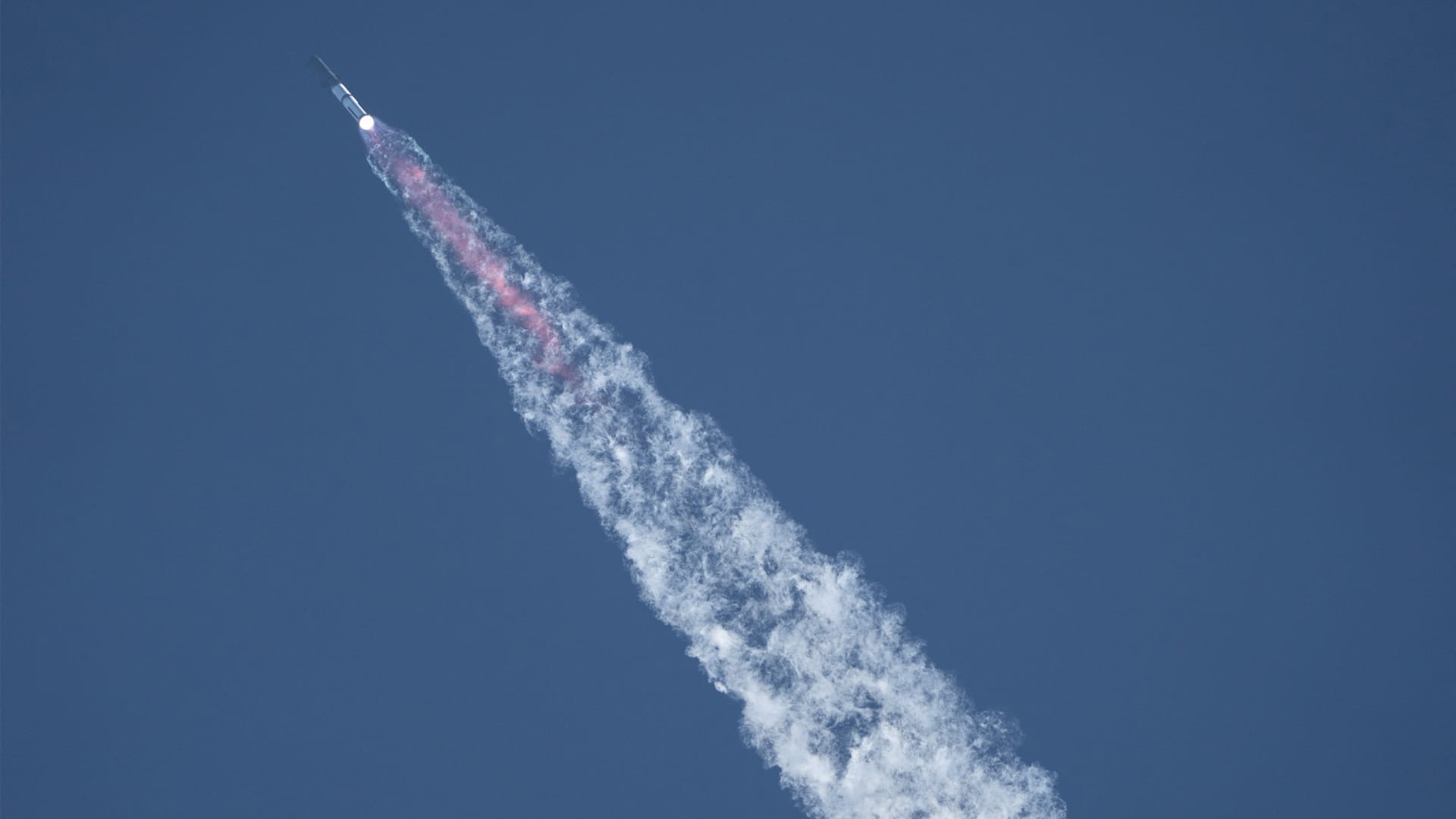
SpaceX and Blue Origin are competing for lucrative 2025 Moon mission contracts, submitting updated plans to NASA. This intensified race highlights critical opportunities for aerospace investors amidst global space ambitions. As of market close today (Oct 25, 2025), these developments are vital for understanding future government contract awards.
NASA’s rigorous evaluation of these proposals is key to accelerating crewed lunar missions. Market analysts expect this to significantly impact the aerospace sector’s revenue growth and R&D budgets.
SpaceX has secured approximately $2.7B, with potential up to $4.5B. Blue Origin received about $835M since 2023, reflecting significant funding allocations.
This analysis delves into their plans and market impact.
| Metric | Previous | Current | Change |
|---|---|---|---|
| SpaceX NASA Contract Value | N/A | $4.5 Billion (Potential) | N/A |
| Blue Origin NASA Funding (Since 2023) | N/A | $835 Million | N/A |
Expert Market Analysis
The submission of updated Moon mission plans by SpaceX and Blue Origin to NASA marks a critical juncture for the Artemis program. Following concerns about potential delays, both companies have presented revised proposals aimed at accelerating lunar landings by 2025. SpaceX’s proposed ‘simplified mission architecture’ emphasizes crew safety and a swifter return to the Moon, a strategic response to evolving program needs. NASA’s commitment to rigorously evaluating these plans, alongside an upcoming Request for Information (RFI) to broaden industry participation, underscores its resolve to regain momentum in lunar exploration, especially considering the intensifying global space race. Historical patterns suggest that competitive bids often lead to accelerated innovation, a trend observed in previous large-scale government projects.
Financially, these revised proposals carry significant weight for both entities. SpaceX’s existing Human Landing System (HLS) contract is valued potentially up to $4.5 billion, with approximately $2.7 billion already disbursed; the company notes significant self-funding. Blue Origin has secured around $835 million for its lander development since 2023. The successful approval of their updated plans will directly influence future revenue streams and R&D budgets. Examining technical capabilities, such as SpaceX’s ongoing Starship test flights and Blue Origin’s ‘Blue Moon Mark 1’ lander development, provides essential insight into their operational readiness and the feasibility of their accelerated timelines. Key metrics like cash burn rate and forward-looking order books are crucial for valuation.
In the broader competitive arena, lunar exploration is increasingly becoming a global endeavor. China’s ambition to land astronauts on the Moon by the end of the decade introduces a significant geopolitical dimension, often termed a ‘second space race.’ This rivalry is a key driver for NASA’s strategic decisions and contracting processes. By seeking proposals from established leaders and emerging players, NASA aims to stimulate innovation and build a robust lunar mission ecosystem. A comparative analysis of SpaceX and Blue Origin’s progress against international benchmarks, including China’s space station program, offers a comprehensive view of the global space race dynamics. Investors should closely watch regulatory developments and shifts in NASA’s procurement strategies, akin to how previous technological races spurred growth in defense stocks.
For aerospace and defense investors, the expert outlook is to closely monitor the progress of these crucial proposals. The companies demonstrating advanced technical capabilities, agility, and efficiency in meeting ambitious timelines are best positioned. Potential risks include further schedule slips, cost overruns, and inherent technological development challenges. However, the opportunities are substantial, driven by the strategic importance of lunar dominance. Key events to track include the formal RFI issuance, expert committee evaluations, and subsequent contract awards. Investors considering entry or exit points should focus on companies’ test flight performance and responsiveness to NASA’s evolving requirements, all within the context of escalating international competition. Risk-reward profiles suggest caution, but long-term potential is significant.
Related Topics:
SpaceX NASA contract, Blue Origin lunar, NASA 2025, Moon mission plans, Aerospace stocks, Space race analysis, Human Landing System, Lunar exploration, SpaceX stock outlook, Blue Origin funding


